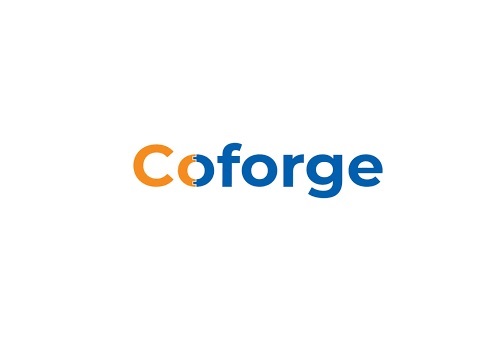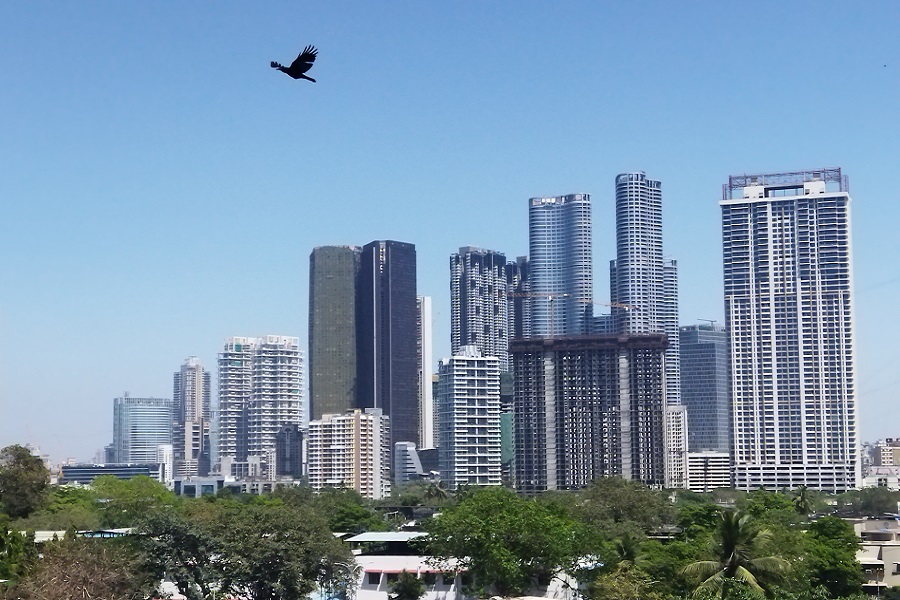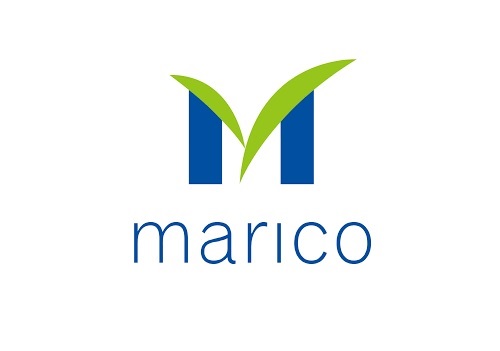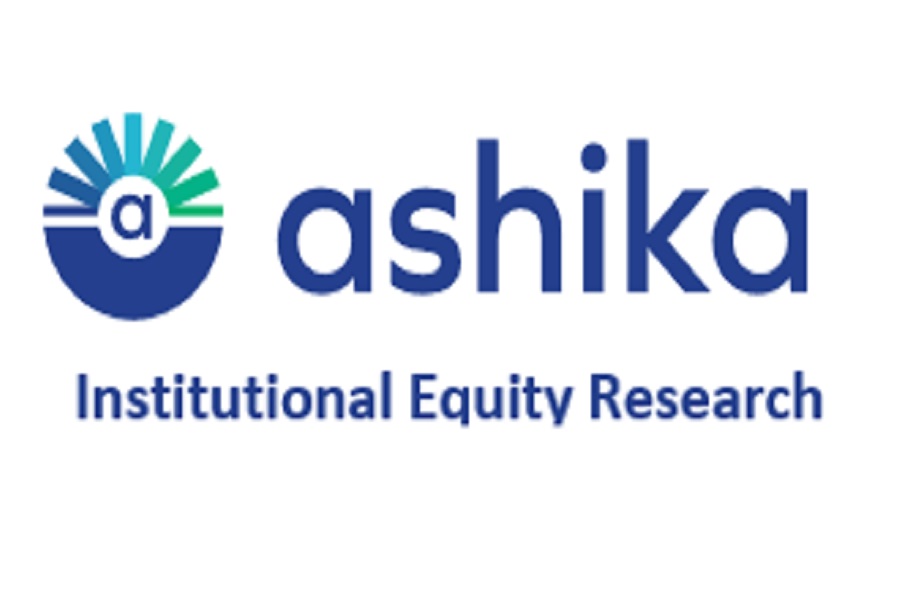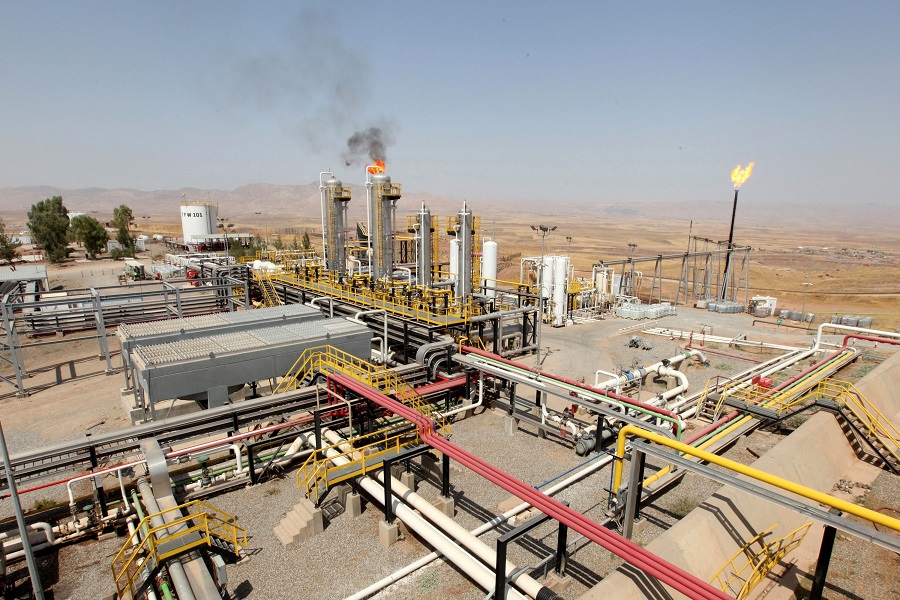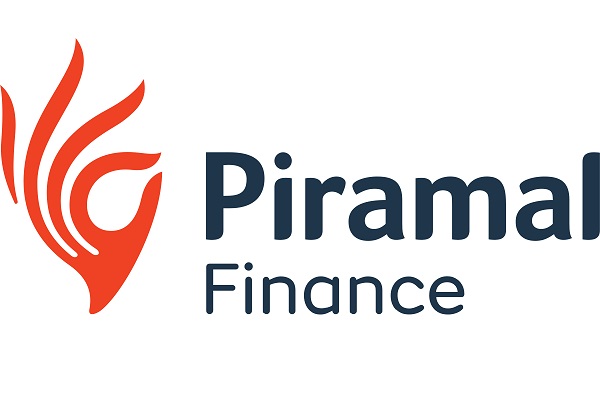Insurance Sector Update : Q2FY26 Preview – Noisy and uninspiring quarter by Emkay Global Financial Services

Q2FY26 Preview – Noisy and uninspiring quarter
The insurance sector is expected to deliver a modest performance in Q2FY26, driven by 1) APE growth for life insurers, which is likely to moderate due to i) the impact of new surrender regulations in the base, ii) changes in GST rates resulting in deferred sales, and iii) impact of festivities from Aug to Sep. However, VNB margins are likely to be impacted by multiple factors including product mix changes, GST ITC loss on expenses, and rise in yield movements; 2) general insurers continuing to face growth headwinds, due to weaker new vehicle sales until the last week of Sep and the ongoing impact of the 1/n regulation. Nevertheless, combined ratios are expected to show marginal improvement, supported by better claims ratio; 3) health insurance sector growth remaining constrained by the implementation of the 1/n regulation, while heightened pricing competition in the Group Health segments is likely to weigh on growth. Although claims ratios remain elevated, we expect a slight improvement which could lead to a reduction in combined ratio YoY. Looking ahead, life insurers are likely to witness growth revival in H2FY26, as the base effect normalizes due to the new surrender regulations and enhanced demand momentum. General insurers will see growth pick up with increase in new vehicle sales while health insurers are expected to experience growth recovery as the impact of 1/n regulation subsides.
Moderated growth trends; multiple factors may impact VNB margins
Life insurers are expected to witness moderated growth trends, impacted by the base effect (stronger growth on account of presales ahead of new surrender value regulations and stronger equity market-led ULIP sales), demand moderation arising from changes in GST rates, and the effect of festivities from Aug to Sep. Among private listed players, Axis Max Life is likely to emerge as the growth leader, followed by HDFC Life and SBI Life, while IPRU Life is expected to post an APE decline, largely attributable to weakness in the retail business. LIC, too, is projected to report an APE contraction in Q2FY26, against a high base driven by strong channel-driven sales in Sep-24. In the quarter, the change in ULIP in the product mix could impact margins in a divergent fashion (HDFCLIFE may see an increase in ULIP YoY with others seeing a marginal decline), while steady contributions from non-par and protection segments should provide some support. However, GST ITC-related losses are likely to impact VNB margins of life insurers partially, for individual policies sold toward the end of Sep-25. Further, an increase in yields is expected to partly cushion the impact on VNB margins. For H1FY26, the embedded value of life insurers will be impacted by a one-off GST ITC-related loss on policies already sold, compounded by the negative impact of economic variance.
Modest performance for general insurers amid growth headwinds
General insurers are expected to post subdued growth in Q2FY26, owing to 1) a slowdown in new vehicle sales; 2) no hike announced in the Motor TP segment; 3) continued impact of 1/n regulation implementation; and 4) increased competition in the Group Health and select commercial segments, led by the deadline on EoM limits. However, healthy new vehicle sales toward the end of Sep-25 following the rollout of GST 2.0, along with sustained pricing discipline in the fire segment, are likely to partially mitigate the growth slowdown in the motor and commercial segments. Combined ratios are expected to remain elevated, although a marginal YoY improvement is anticipated on the back of a better claims experience. Profitability, however, should be supported by healthy investment income, driving robust PAT growth. Health insurers are expected to witness muted growth trends owing to the implementation of the 1/n accounting regulation. The segment remains challenged by both, higher claim frequency and greater claim severity, though a marginal improvement in claims ratios is anticipated in Q2FY26. That said, claims trajectory remains a key monitorable.
Valuations remain favorable; H2 growth revival to be watched out for
Growth slowdown, coupled with GST ITC–related losses, has exerted pressure on insurance stock prices in recent months. Despite this, valuations remain attractive, and we expect supportive factors such as positive regulatory developments (including amendments to the Insurance Act, 1938 and the announcement of a Motor TP hike) alongside a growth revival in H2FY26 to underpin stock performance. We roll forward our target prices for the insurance coverage universe to Sep-26E from Jun-26E.
Q2/H1FY26E Life Insurance Preview
HDFC Life (BUY; TP: Rs850)
* HDFC Life is expected to witness a modest 9% APE growth in Q2FY26, driving the overall APE growth for H1FY26 to 10.5%. While the company is expected to perform better than peers, we believe the growth in APE is likely to be driven by growth in ULIPs.
* With higher sales of ULIPs, VNB margin of HDFC Life is expected to remain under pressure in Q2FY26, given the shift in product mix towards ULIPs. Resultantly, we expect the H1FY26 VNB margin to witness 20bps YoY contraction to 24.4%.
* We expect a one-time ~50bps impact of negative operating variance on Embedded Value on account of GST ITC-related losses. We roll forward our TP to Sep-26E, valuing HDFC Life at Rs850, implying FY27E P/EV of 2.5x.
ICICI Pru Life (ADD; TP: Rs675)
* Driven by a decline in the retail business impacted by a relatively high base, we expect IPRU Life’s APE to decline by ~3% in Q2FY26, resulting in a ~4% decline in APE during H1FY26.
* Led by improvement in product mix towards par and non-par products, we expect the VNB margins to witness a slight improvement of ~30bps to 24% during H1FY26.
* We estimate a one-time ~90bps impact of negative operating variance on Embedded Value on account of GST ITC-related losses. We roll forward our TP to Sep-26E, valuing IPRU Life at Rs675, implying FY27E P/EV of 1.6x.
MAX Financial (ADD; TP: Rs1,800)
* Axis Max Life continues to lead the race, driving ~14% APE growth in Q2FY26, led by strong growth in the ecommerce and proprietary channels. Resultantly, the company is likely to track healthy APE growth of ~15% in H1FY26.
* Given the increased share of high-margin non-par and protection products, we expect VNB margins to witness an improvement of 140bps YoY to 22.5% in H1FY26, driving 22% VNB growth.
* Axis Max Life’s Embedded Value is expected to grow ~16% YoY to Rs270.4bn. However, we estimate a one-time ~80bps impact of negative operating variance on Embedded Value on account of GST ITC-related losses. We roll forward our TP to Sep-26E, valuing MAX Financial at Rs1,800, implying 2.2x FY27E P/EV.
SBI Life (BUY; TP: Rs2,100)
* We expect SBI Life to deliver a subdued APE growth of ~4% in Q2FY26, owing to a relative slowdown in the ULIP segment and impact of festivities in Aug and Sep. Resultantly, SBI Life’s H1FY26 APE is expected to grow by ~6% YoY.
* While the shift in product mix towards non-par and protection products is expected to drive an uptick in VNB margins, investments in distribution and the likely impact of GST ITC losses are expected to offset the improvement in VNB margins. However, amongst the Life Insurance pack, SBI Life, with its cost advantage, remains the least impacted by GST ITC-related losses. We estimate VNB margin of ~26.9% in H1FY26 driving ~6% growth in VNB.
* Given its low-cost advantage, SBI Life remains the least impacted by the GST ITC-related losses. Hence, we expect a one-time ~20bps impact of negative operating variance on Embedded Value owing to the changes in GST rates while the EV is expected to grow ~15% YoY. We roll forward our TP to Sep-26E, valuing SBI Life at Rs2,100, implying FY27E P/EV of 2.2x.
LIC (ADD; TP: Rs 1,100)
* LIC witnessed strong growth in retail APE in Sep-24, owing to the channel-push prior to the implementation of the new surrender regulations. Given the impact of the high base offset by growth in the Group APE, we estimate LIC’s APE will decline by ~5% in Q2FY26, leading to muted ~1% growth in H1FY26.
* With the launch of non-par products and increase in minimum ticket size across products, the VNB margins for LIC are expected to inch up to 16.8%, an improvement of 60bps YoY. Resultantly, VNB is expected to grow by ~5% in H1FY26, primarily driven by increase in VNB margins.
* We expect LIC’s EV to remain largely flat YoY, given the impact of high positive economic variance in the base due to buoyant equity markets in Q2FY25. However, given the GST ITC-related losses, we estimate a one-time ~50bps impact of negative operating variance on the Embedded Value. We roll forward our TP to Sep-26E, valuing LIC at Rs1,100, implying FY27E P/EV of 0.7x.
Q2FY26E General Insurance Preview
ICICI Lombard (ADD; TP: Rs2,100)
* Given the continued challenges in the General Insurance sector, we expect ICICIGI’s GWP to decline marginally during Q2FY26.
* ICICIGI’s claims ratios are expected to remain largely flat YoY however, slight improvement in expense ratio (commission + opex) on the back of impact of 1/n regulation is likely to result in marginal improvement of ~50bps in Combined Ratio.
* We expect ICICIGI to deliver PAT growth of ~14% on account of slight improvement in Combined Ratios and healthy investment income during the quarter. We roll forward our TP to Sep-26E and value ICICIGI at Rs2,100 implying FY27E P/E of 34.6x).
Star Health (BUY; TP: Rs500)
* Star Health’s GWP growth during Q2 is expected to remain muted at 3% YoY primarily driven by the impact of the 1/n accounting regulation for long-term policies and a sharp decline in Group business given the company’s strategy to exit from loss making Group Health business.
* While the claims ratios during Q2 generally remain elevated on account of increase in seasonal monsoon-related diseases, we expect slight improvement in claims ratio during the quarter. However, given the increased claims frequency and claims severity, the company’s claims ratio continues to remain elevated.
* While we expect some improvement in claims ratios YoY, higher expense ratios during the quarter impacted by the 1/n regulation and the impact of GST ITC losses on policies sold post the announcement of GST 2.0, are likely to partially offset the improvement from claims ratios thus driving marginal improvement in combined ratio YoY.
* We estimate Star Health’s PAT to decline ~5% during Q2FY26. We roll forward our TP to Sep-26E and value Star Health at Rs500, implying FY27E P/E of 28.5x.
GO Digit (SELL; TP: Rs290)
* Go Digit’s GDPI is expected to witness better than industry growth led by healthy growth in the Motor and Commercial segments. Further, we expect GWP to grow ~14% led by healthy Re-insurance accepted premiums.
* We estimate the Claims ratio would improve to ~68% from 70.6% YoY. However, slightly higher expense ratios (commission + opex) are likely to partially offset the improvement from claims ratios leading to ~110bps improvement in Combined Ratio for Q2.
* Go Digit’s PAT is expected to grow ~34% YoY on account of slight improvement in Combined Ratio and healthy investment income booked during the quarter. We roll forward our TP to Sep-26E and value GODIGIT at Rs290, implying FY27E P/E of ~38x.
For More Emkay Global Financial Services Ltd Disclaimer http://www.emkayglobal.com/Uploads/disclaimer.pdf & SEBI Registration number is INH000000354

